
A recent New England Journal of Medicine article provides healthcare cybersecurity guidance.

A recent New England Journal of Medicine article provides healthcare cybersecurity guidance.
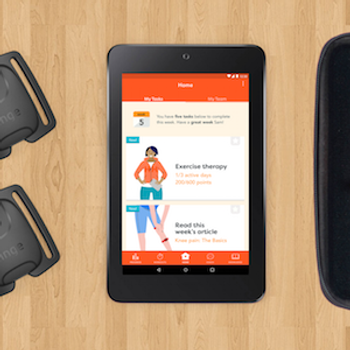
Hinge Health is working to create remote physical therapy and behavioral health treatment options using wearables and software.
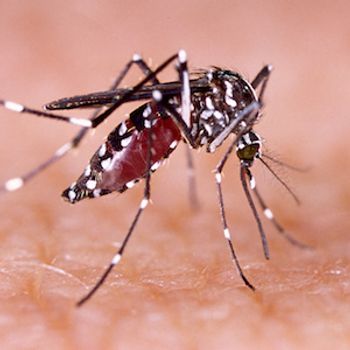
A new study shows that tracking Google searches may be an effective means of monitoring mosquito-borne disease activity.

Being a small or single-practice facility doesn't make you any less appealing as a target for cybercrime. That’s the takeaway from the recent news of a malware attack at an Atlanta-based neurological clinic.

Glass developer X has announced a pivot toward industry, with healthcare being an emphasis.

The study showed that Watson could produce actionable clinical data in 10 minutes that would ordinarily take humans 160 hours.
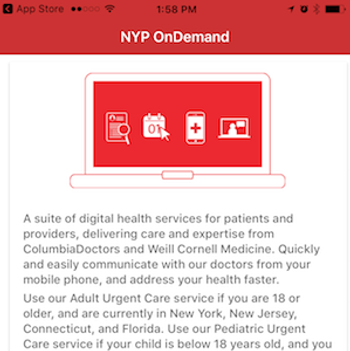
The hospital will now offer a telehealth service for pediatric patients.
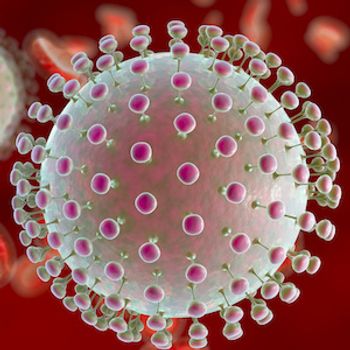
The research organization is introducing a population of sterile mosquitos in California to curtail disease.

Japanese researchers have developed a nanomesh for wearable health monitoring that they say can be worn for a week without discomfort.
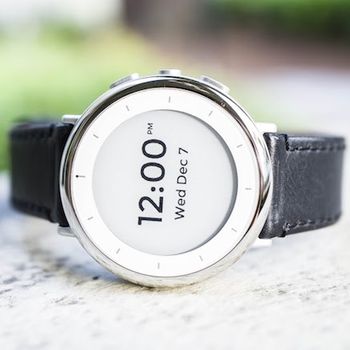
The life science research organization will use its wearable, Study Watch, to work with UNC and Harvard on the expansive mental health study.

The University of Aberdeen has received nearly $10 million to use AI to determine the human behaviors that lead to attacks, and how to modify them.
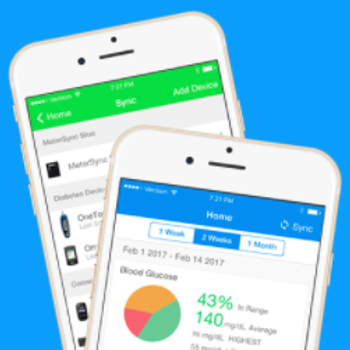
The company is expanding its digital health platform in partnership with IBM Watson Health.

Electronic health records are the equivalent of “texting at the dinner table.” That opinion was common among a group of physicians studied by Brown University researchers.

The UN has released its annual report on global cybersecurity. The report aims to measure which countries are most committed to making the web more secure, scoring countries according to five pillars: technical, organizational, legal, cooperation and growth potential.
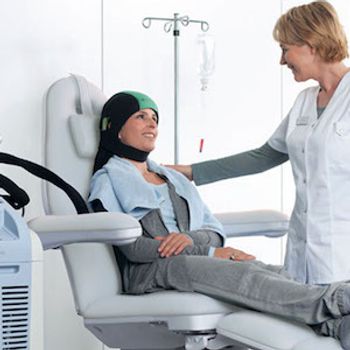
The FDA first authorized the use of Dignicap in April to thwart chemo-related hair loss in patients undergoing chemotherapy for breast cancer. The agency has now expanded the cap’s use to include patients with all types of solid tumors. The device circulates cool liquid to minimize the effects of chemo drugs on hair follicles.
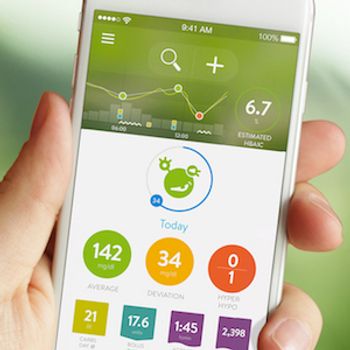
The acquisition positions Roche to enhance interoperability and integration with its Accu-Chek line of blood glucose monitors.
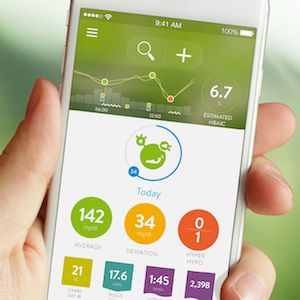
Published: June 30th 2017 | Updated:

Published: July 5th 2017 | Updated:

Published: July 6th 2017 | Updated:

Published: July 6th 2017 | Updated:
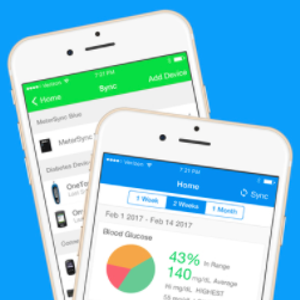
Published: July 12th 2017 | Updated:

Published: July 18th 2017 | Updated: